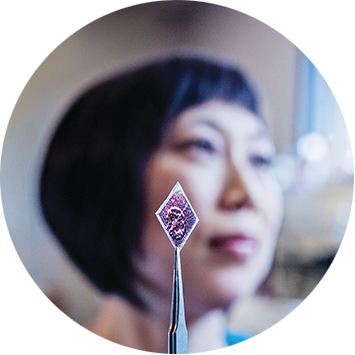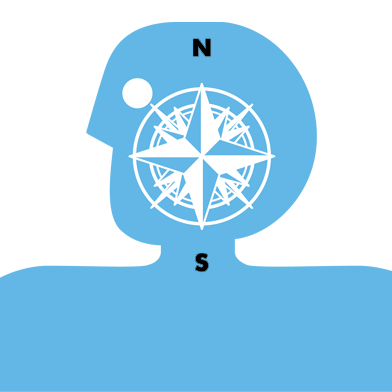
` Xiaolin Zheng, 34
An ingenious solar sticker made with techniques drawn from nanotechnology could turn almost any surface into a source of power.
Stanford professor Xiaolin Zheng often works in the esoteric fringes of nanoscience, but she also likes to find simple ways to fabricate complex materials that can be put to use in practical applications like solar-fuel systems, solar cells, and batteries. Last year she created solar cells in the form of flexible stickers—only a 10th as thick as plastic wrap—that can be applied to a window, a piece of paper, the back of a mobile phone, or anything else you want. These solar cells produce just as much electricity as rigid ones made of the same materials.
Zheng got the inspiration for this invention from her father. One day when they were talking on the phone—he in China, she in California—he said that it should be possible to put solar cells on the walls of buildings, not just the roof. And Zheng’s daughter, like many kids, loves stickers.
All this was in the back of Zheng’s mind when she read a research paper about graphene, a novel type of nanomaterial. The researchers grew the material on a layer of nickel on top of a silicon wafer. When they put the whole thing in water, the nickel separated from the surface, taking the graphene with it. “I couldn’t believe that soaking in water would do this,” she says.
Zheng has demonstrated this water–soaking approach as a way to peel off thin-film silicon solar cells grown on a rigid substrate. It turns out the phenomenon—called water-assisted subcritical debonding—had been known since the 1960s, but no one before had tried using it to make flexible electronics. She hopes the technology will be scaled up beyond the one-square-centimeter devices she’s made so far, so that the sides of buildings can one day be papered with solar cells as her father suggested.
—Katherine Bourzac
